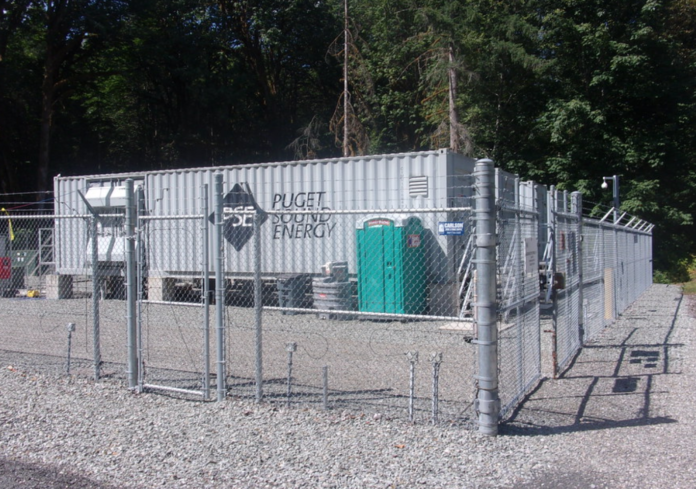The continual expansion of intermittent renewables and declining technology costs are key factors fueling the global grid battery energy storage market, according to recent analysis by Frost & Sullivan.
As more nations across regions commit to generate over 50% of power from renewable energy by 2030 – and modernize their regulations to accommodate flexible assets – the global grid battery storage capacity will likely reach 134.6 GW by 2030 from 8.5 GW annual capacity additions in 2020. As a result, the market is estimated to reach $15.94 billion by the end of the decade from $2 billion in 2020, an uptick at an impressive compound annual growth rate of 23%.
“With climate change and environmental sustainability at the center of national agendas, battery storage systems deployment is crucial to support the transition to higher levels of clean electrification relying primarily on variable renewable energy sources,” says Maria Benintende, energy and environment research analyst at Frost & Sullivan. “Additionally, the increasing power demand and generation assets distant from consumption centers necessitate transmission grid reinforcement and optimization. Batteries offer an attractive option in handling the evolving electrification issues, sparing massive investments in new transmission grids.”
Within the global grid battery energy storage market, Frost & Sullivan’s analysis highlights a series of growth opportunities:
- Solar+storage: Already a reality in the U.S., with further price declines for PV and batteries and upcoming regulations permitting hybrids in wholesale electricity markets, solar+storage plants will be a major business opportunity for battery storage across the globe
- Co-located storage for conventional generation optimization: Hybridization of thermal power plants – and even hydropower plants – with storage is an emerging and attractive niche. System integrators and OEMs should assess this business opportunity to expand their project scopes and diversify businesses in line with energy transition trends
- Adjustable storage to leverage evolving regulation and market conditions: Product and systems design should be focused on scalable configurations that can be easily augmented in size and energy to power ratio and combined and aggregated behind a single power control system (PCS) to serve future potential applications with minimum disruption
- Optimization services for merchant battery storage: Powerful software combined with artificial intelligence, machine learning and advanced price forecasting is vital for storage owners’ and operators’ merchant strategy success
For further information on Frost & Sullivan’s recent analysis, Electricity Market Modernization and Cost Reductions Powering the Global Grid Battery Energy Storage Market, click here.
Photo by theslowlane is licensed under CC BY 2.0




